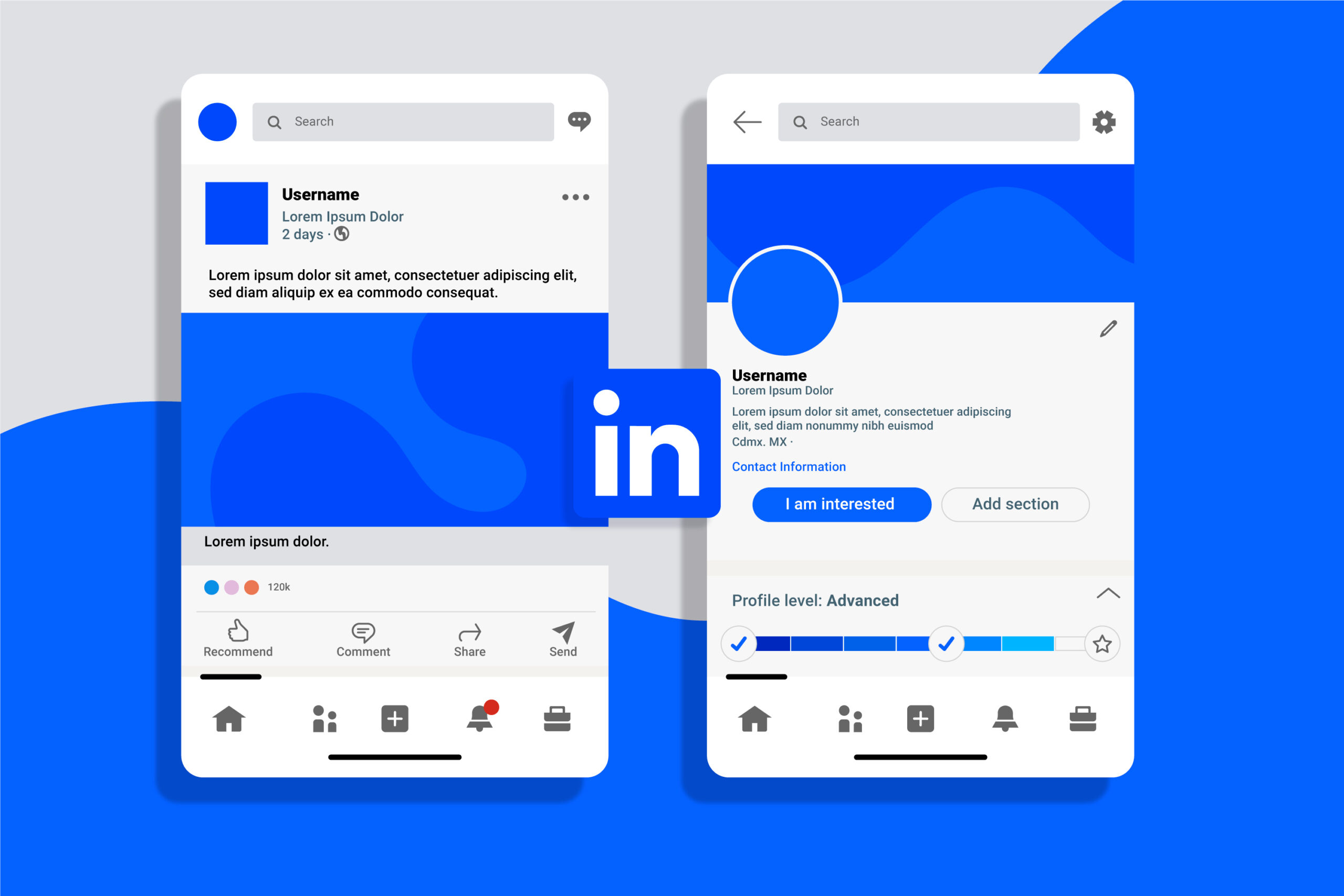Writing long form content is a great platform for providing an in-depth exploration of the various topics associated with your business.
As a content writer or general business owner, mastering the art of crafting engaging long form content provides a means of capturing your audience’s attention and delivering tangible value.
Short attention spans are common for virtually every single human being, and long form content offers a unique opportunity to delve deeper into subjects and provide readers with key insights.
Understand Better
Before diving into writing, you need to appreciate the nuance of understanding your audience. Identify the target demographic and research the interests, preferences, and pain points of your potential customers.
A strong customer understanding will help you to tailor your content to specific needs and provide customers with the solutions they are seeking.
Selecting the right topic for your tpe of readers is a key part of engaging long form content. Identify trending topics within your industry by following industry news, forums, and social media discussions. Additionally, this helps your content to be fresh and helps your content to align with popular search queries so that it has a higher chance of reaching and appealing to people.
Structure
Creating a solid structure for your long form content is essential to keep your readers engaged and make your content easy to navigate.
Start by outlining the main points you want to cover and organize them logically. Use headings and subheadings to break down the content into digestible sections. This is one of the best ways to help readers quickly find the information they need and engage with your brand.
Research
You don’t want to wrtrite useless content, you want to produce valuable insights and accurate information, thus conducting thorough research is essential.
Start by gathering information from reliable sources such as industry publications, academic journals, and trustworthy websites. Use a combination of primary (first hand research) and secondary sources to ensure an enhanced level of credibility within your content.
Incorporate data and statistics to support your points and add quotable elementrs to your writing. Statistics and factual information help to make your content more persuasive – great if you’re selling a product.
Style
The introduction of your long form content plays a crucial role in capturing the reader’s attention and setting the tone for the rest of the piece. Start with a compelling opening that grabs the reader’s attention and piques their curiosity from the offset.
By using a thought-provoking question, a surprising statistic, or an intriguing anecdote you will be better able to draw the reader in.
Additionally, clearly state the purpose of your content and what readers can expect to gain from reading it. This helps to manage expectations and keeps them interested in exploring your ideas in a more open way.
Long form content offers a perfect opportunity to dive deep into a topic and provide valuable insights that readers can’t find elsewhere. By sharing unique perspectives on the subject matter and presenting information in a way that adds value to your readers’ lives you gain a distinct advantage.
Avoid regurgitating generic information that can be found in numerous other sources.
Include practical tips, actionable advice, and real-life examples that readers can apply to their own situations. This not only educates your audience but also establishes you as an authority in your field.
Given the online reading habits of many people, it is essential to make your long form content scannable. Use bullet points, numbered lists, and subheadings to break up your content into easily digestible sections. This allows readers to quickly scan through the article and find the specific information they are looking for.
Highlight key points, important takeaways, and notable quotes to draw attention and make the content more memorable. By making your content scannable, you cater to readers who prefer to skim or have limited time, while still providing a comprehensive reading experience for those who want to delve deeper.
Long form content should usually be written in a conversational tone to engage readers and make the content more relatable. Use personal pronouns like “you” and “we” to establish a connection with your audience and avoid complexity and formality. This creates a sense of conversation and makes readers feel like they are having a one-on-one interaction with you.
Keep your sentences and paragraphs concise to maintain a smooth flow and avoid overwhelming readers with lengthy, convoluted sentences.
Visuals
Incorporating visual elements into your long form content enhances the overall reader experience. Images, infographics, charts, and videos can help break up text-heavy sections and make the content more visually appealing and engaging.
You want to use diagrams and visualisations to support your content and help illustrate your points. Infographics and charts are great for presenting complex data in a visually appealing and easily understandable format. Videos can be used to provide demonstrations, interviews, or additional explanations on the topic at hand.
Optimize Everything
Before publishing your long form content, it is crucial to edit and proofread it thoroughly. Sentences that are clear, coherent, and convey your intended message effectively are absolutely essential.
Review the overall structure and flow of your content to ensure that it is logical and organized. Trim any unnecessary fluff or repetitive information to keep the content focused and concise. Read through the content multiple times, paying attention to transitions between paragraphs and sections.
Consider seeking feedback from a trusted colleague or friend who can provide an outside perspective on your writing. Fresh eyes can often catch silly errors or suggest improvements to the content and floe that you may have overlooked.
Keyword research is the foundation of on page SEO and is a key way to identify relevant keywords and incorporate them naturally throughout your content. As such, this helps search engines to better understand the topic of your content and rank it higher in search results.
Using appropriate heading tags (H1, H2, H3, etc.) to structure your content and indicate hierarchy is also key to good SEO, as is the use of FAQs and writing in a NLP friendly way. SEO is changing, but these fundamentals stand.
FAQs
1. How long should long form content be?
Long form content typically ranges from 1,500 to 3,000 words or more. However, the length should primarily depend on the topic and the depth of information you want to provide.
2. How often should I publish long form content?
The frequency of publishing long form content depends on your resources and the preferences of your audience. It’s important to focus on quality rather than quantity, so aim for a consistent publishing schedule that allows you to deliver well-researched and valuable content.
3. Is long form content suitable for all industries?
Yes, long form content can be beneficial for almost any industry. It allows you to explore topics in-depth and establish yourself as an authority in your field. However, it’s important to tailor the content to the preferences and needs of your target audience.
4. Can I repurpose my long form content?
Absolutely! Repurposing long form content into different formats, such as infographics, videos, or podcasts, can help you reach a wider audience and extend the lifespan of your content.
5. How can I promote my long form content effectively?
Promote your long form content through various channels, including social media, email newsletters, and collaborations with influencers or other content creators. Additionally, leverage SEO strategies to improve your content’s visibility in search engine results.




